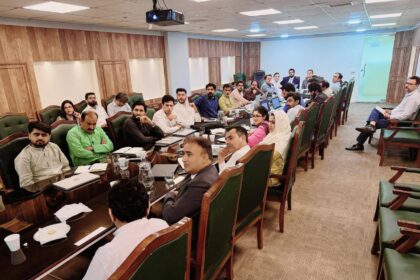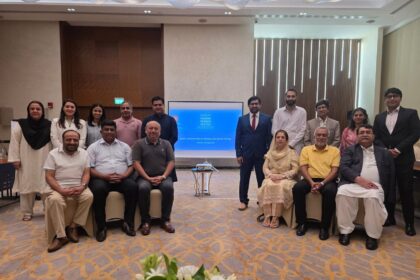**Young Activists Lead Push for Gender Equality in Pakistan and Beyond**
A vibrant new generation of young activists is at the forefront of the fight for women’s rights in Pakistan and around the world, challenging deeply entrenched norms and demanding a more equal, just future. Through student-led demonstrations, digital campaigns, and community initiatives, these youth advocates are reshaping public discourse on gender justice despite facing significant cultural and institutional barriers.
With over 60% of its population under the age of 30, Pakistan possesses a youthful demographic that is both dynamic and socially conscious. Unlike previous generations that may have often accepted traditional gender roles as unquestioned norms, today’s youth are scrutinizing such conventions and breathing new life into the women’s rights movement. As digital natives, they are utilizing social media platforms such as Twitter, Instagram, and TikTok to share information, foster solidarity, and mobilize collective action—making issues such as gender-based violence, workplace harassment, and reproductive rights widely discussed topics.
Online activism forms a cornerstone of this movement, with viral hashtags like #MeToo, #AuratMarch, and #MyBodyMyChoice helping to amplify voices that might otherwise go unheard. Yet, the accessibility of digital spaces also brings risks, as young women in particular face threats of cyberbullying and online harassment for their outspoken advocacy.
Campus-based activism is also gaining momentum. University students are launching gender studies clubs, organizing awareness weeks, and pursuing reforms such as the modernization of dress codes and the establishment of formal channels for reporting harassment. Additionally, artistic expression—through street theater, feminist murals, spoken word poetry, and independent films—has emerged as a powerful medium for challenging patriarchal conventions and sharing personal narratives.
In local communities, youth volunteers are educating girls about their legal rights, opposing early marriages, and helping women from rural or peri-urban backgrounds access legal aid. These grassroots efforts are often spearheaded by young people determined to enact change at both the local and national levels.
Despite their commitment, youth advocates face significant obstacles. Deep-seated patriarchal attitudes and cultural conservatism mean that feminism and women’s rights activism are sometimes disparaged as “Western” or “immoral.” Publicly advocating for change can carry real security risks, ranging from social shaming to threats of violence. Institutional support is often lacking, with schools and universities sometimes discouraging activism out of concern for controversy. The personal costs are also high, as constant resistance, online attacks, and exposure to trauma can take a toll on young activists’ mental health.
A notable and positive shift, however, is the increased involvement of young men in gender advocacy. Many are confronting sexism among their peers, participating in gender equality initiatives, supporting victims of harassment, and actively seeking to redefine masculinity in healthier and more equitable ways. Their engagement is recognized as essential, as the struggle for gender justice requires the dismantling of systems that benefit men at the expense of women.
Contemporary youth-led movements increasingly recognize intersectionality—the interconnectedness of gender with class, disability, religion, ethnicity, and sexual orientation. Activists are striving to ensure that marginalized groups, including domestic workers, transgender and non-binary individuals, women with disabilities, and refugee or minority women, are fully represented within the broader campaign for women’s rights.
Youth participation is not limited to activism; young people are increasingly entering policy-making spaces, whether by joining national youth delegations, participating in policy consultations, or running for student and local government positions. Their advocacy has the potential to drive tangible changes in legislation on issues such as child marriage, domestic violence, reproductive health access, and workplace protections.
Experts recommend several measures to further empower youth advocates. Integrating gender education into school and university curriculums is vital for shaping awareness from an early age. Funding and mentorship for youth-led organizations can provide critical support, while robust digital safety laws are needed to protect activists—especially women—from online abuse. Fostering intergenerational dialogue would bridge divides between established and emerging advocates, and greater inclusion of youth in policymaking bodies would ensure their perspectives are reflected in legislative reforms.
The path to gender equality is complex and demanding, but the energy, creativity, and resilience of young activists offer genuine hope. Refusing to wait for permission or defer to old hierarchies, today’s youth are organizing, speaking out, and building bridges across divides—from online platforms and classrooms to courtrooms and rural villages.
In a societal context where discussions around women’s rights remain fiercely contested, these young advocates make one thing clear: equality is a right that must be fought for by all, and Pakistan’s youth are leading the charge for a more just and inclusive future.











